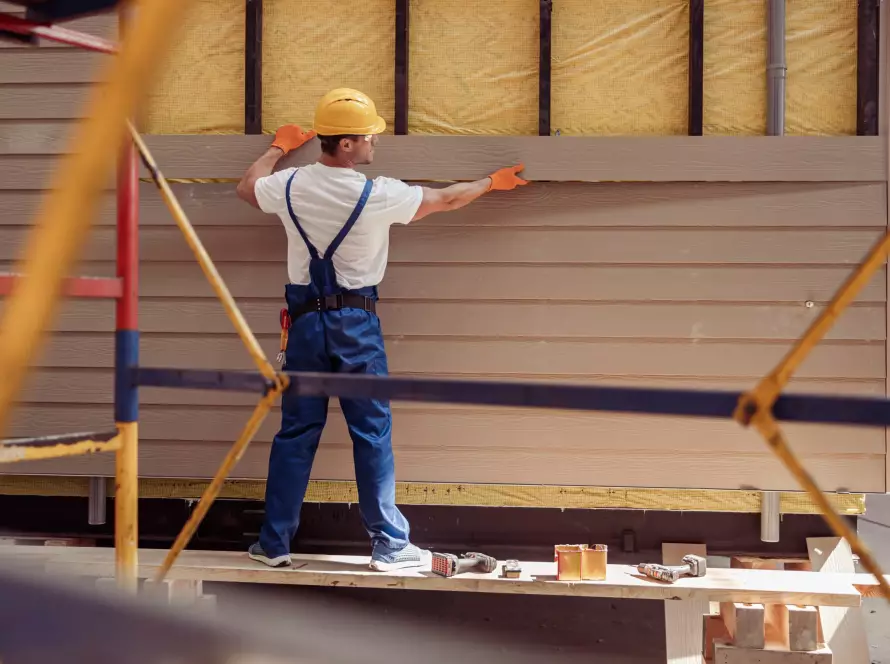If you’re a homeowner in Washington, you’re likely no stranger to damp seasons and overcast skies. While our lush landscapes are beautiful, the state’s rainy climate and persistent humidity make homes particularly vulnerable to two persistent threats: mold and dry rot. These silent intruders can compromise the safety, appearance, and value of your property if left unchecked.
In this 2025 guide, we’ll walk you through what mold and dry rot are, what causes them, why they’re so common in Washington, and how our expert team can help protect your home with professional mold repair and dry rot repair services. We’ll also share actionable mold prevention tips you can implement today.
What Are Mold and Dry Rot?
Mold is a type of fungus that thrives in moist, warm environments. It typically appears as black, green, or white patches and can grow on drywall, wood, ceilings, insulation, and more. In addition to causing musty odors and unsightly stains, mold spores can negatively impact indoor air quality and trigger respiratory problems, especially in children, the elderly, or anyone with allergies or asthma.
Dry rot, on the other hand, is a wood-decaying fungus (Serpula lacrymans) that weakens timber by feeding on its cellulose content. Despite the name, dry rot actually requires moisture to grow — commonly due to water leaks, plumbing failures, or poor ventilation. Over time, dry rot can cause structural damage, making floors, walls, and supports unsafe.
Why Mold and Dry Rot Are Common in Washington
With an average of over 150 rainy days per year and naturally high humidity levels, Washington homes are particularly at risk. The Pacific Northwest climate creates ideal conditions for moisture to collect in crawl spaces, basements, attics, and behind walls.
According to recent housing data (2024), over 60% of residential mold remediation jobs in Washington were linked to undetected leaks and poor ventilation. Homeowners often don’t notice mold or rot until major signs appear — such as peeling paint, soft wood, or health complaints — by which point damage is already underway.
Our Mold and Rot Repair Services in Washington
We specialize in mold repair in Washington and dry rot repair services tailored to the unique challenges of our state’s climate. Our licensed professionals use state-of-the-art tools and eco-friendly techniques to restore your home safely and effectively.
Here’s how we help:
- Thorough Inspections – We identify moisture sources, structural weaknesses, and hidden mold using thermal imaging and moisture meters.
- Safe Mold Removal – Our mold remediation team follows EPA guidelines and uses containment barriers, HEPA vacuums, and antimicrobial treatments to eliminate mold at the root.
- Dry Rot Repair – We remove compromised wood and restore structural integrity using pressure-treated lumber, epoxy wood fillers, or complete beam replacement as needed.
- Moisture Control & Prevention – From improving crawl space ventilation to installing vapor barriers and sump pumps, we help prevent recurrence.
- Code-Compliant Repairs – All work is done to meet or exceed Washington state building codes and safety standards.
Practical Mold & Dry Rot Prevention Tips
Preventing mold and rot starts with moisture control. Here are some effective mold prevention tips for Washington homeowners:
- Fix Leaks Immediately – Regularly check plumbing, roofs, and windows for signs of water intrusion.
- Improve Ventilation – Use bathroom and kitchen exhaust fans, and consider adding passive or powered ventilation in attics and crawl spaces.
- Use Dehumidifiers – Especially in basements or other damp-prone areas.
- Maintain Gutters & Drainage – Keep gutters clear and ensure downspouts direct water away from your foundation.
- Inspect Annually – Schedule routine inspections of your home’s vulnerable areas — including under sinks, behind appliances, and in attics.
Pro tip: Keep humidity levels below 60% indoors using a hygrometer.
Why Timely Intervention Matters
The longer mold or rot goes untreated, the more damage — and expense — it can cause. What starts as a small water leak can turn into thousands of dollars in structural repairs or even require full room gutting. Beyond property damage, prolonged exposure to mold can lead to serious health concerns.
By investing in professional rot removal in Washington early, you save money and ensure the long-term safety of your home.
The Value of Hiring Licensed, Local Experts
In 2025, Washington continues to tighten environmental and construction regulations to protect homeowners and promote sustainable housing. That’s why it’s critical to hire licensed, insured, and experienced professionals who understand state laws, permit requirements, and best practices for mold and dry rot repair.
Our team is not only well-versed in Washington’s building codes, but we also bring years of local experience, ensuring every project is handled with integrity and precision.
Don’t Wait—Protect Your Home Today
If you’ve noticed musty odors, discoloration, or soft spots in wood — or just want peace of mind — it’s time to schedule an inspection. Whether it’s mold repair, dry rot repair services, or preventative maintenance, we’re here to help you safeguard your home for years to come.
Contact us today for expert mold and rot solutions in Washington — your home deserves it.

